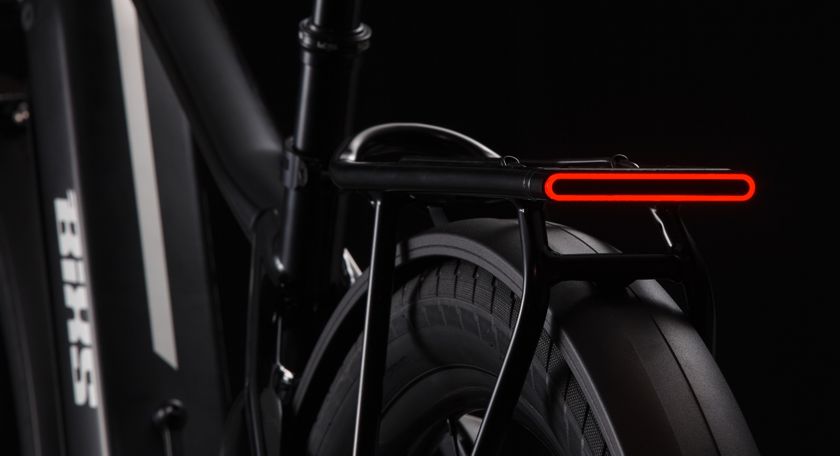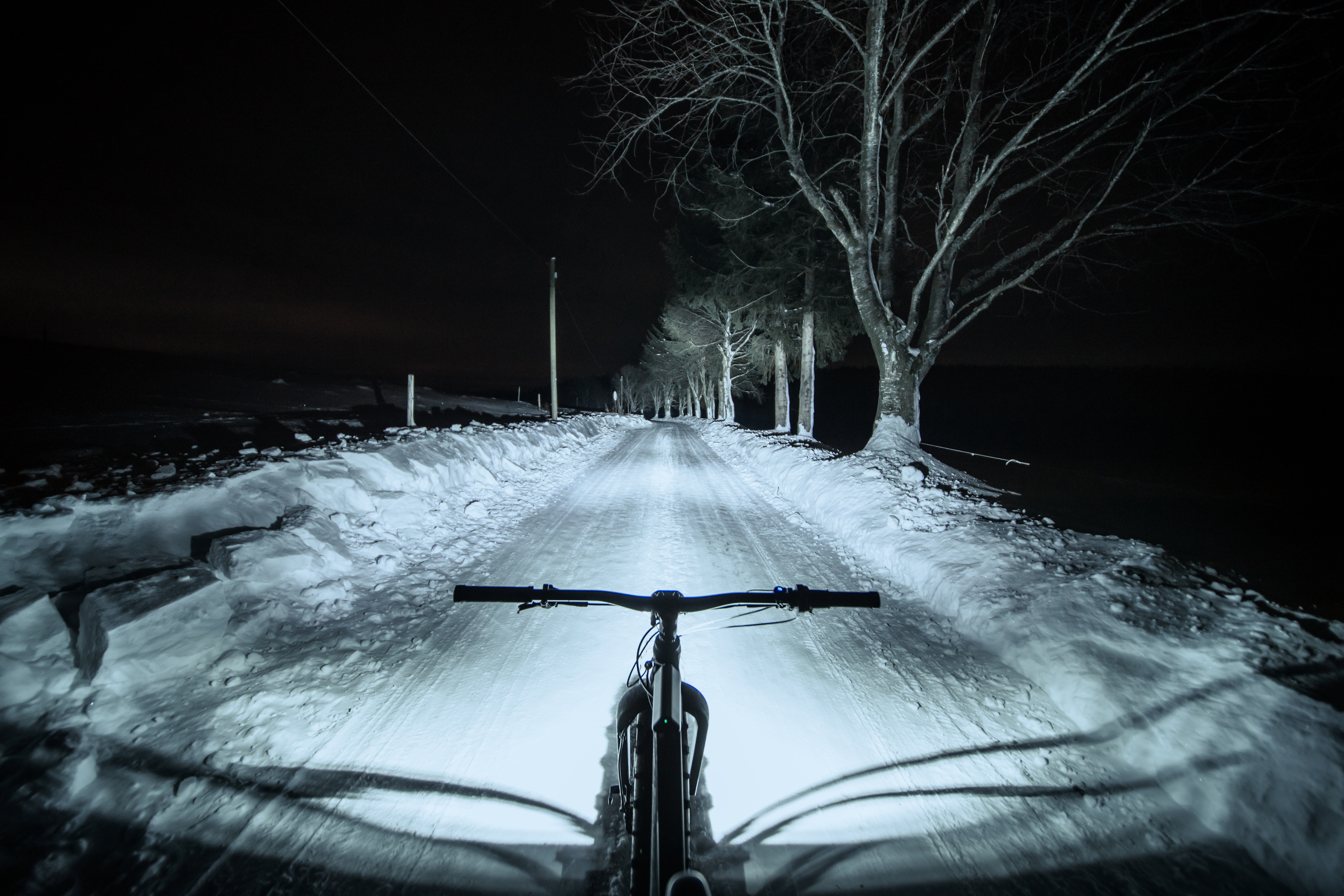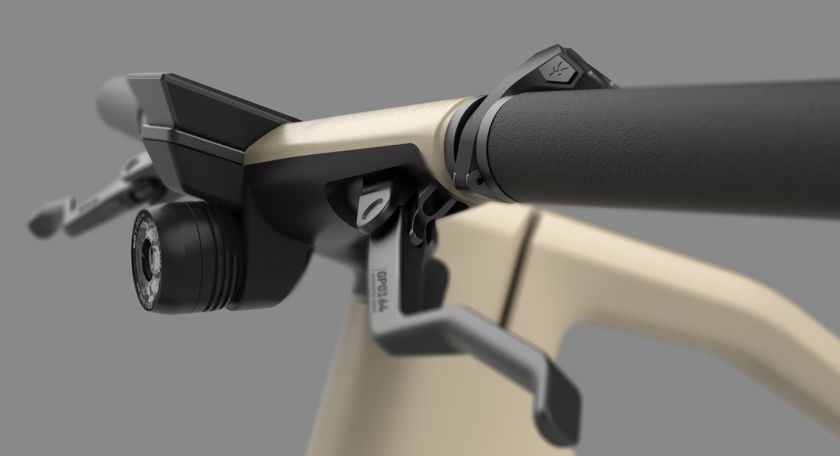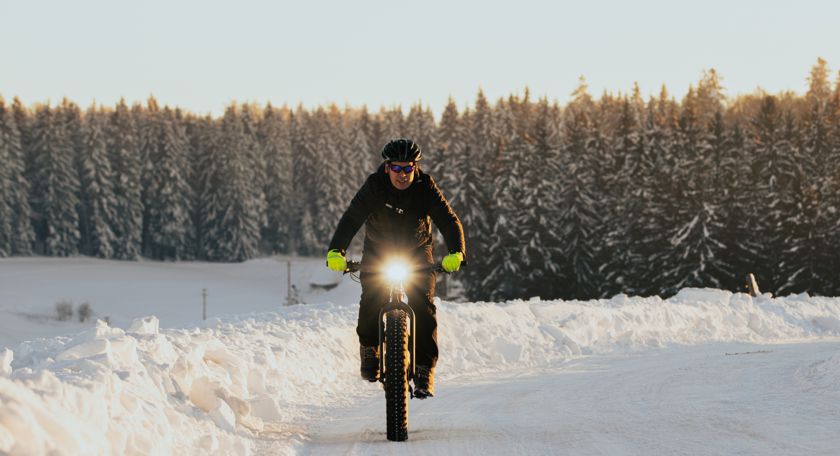Supernova
In 2006 the firm had a staff of one. Today, more than 50 people work for the medium-sized company – a sign of its strong growth, which began well before the bicycle boom in 2020. Today, all the lights Supernova produces are based exclusively on LEDs. Located near Freiburg, it counts many famous bike brands among its customers, as well as supplying the retail sector’s retrofit market. Supernova is one of the Focus Open competition’s most frequent winners and counts four Focus Open Gold awards among its many successes.
www.supernova-design.com
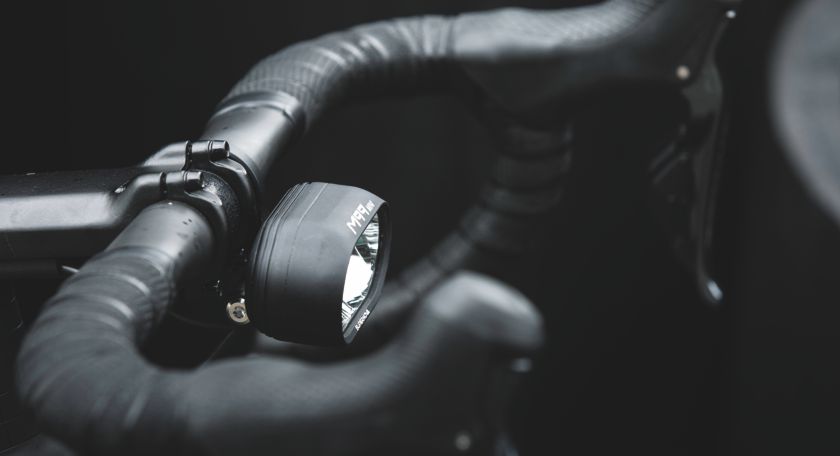
The proud winner of a Focus Open Gold in the 2020 competition: the M99 Mini Pro B54. It comes with its own heatable battery and is intended for “muscle-power” fans with a gravel bike.
www.supernova-design.com

The proud winner of a Focus Open Gold in the 2020 competition: the M99 Mini Pro B54. It comes with its own heatable battery and is intended for “muscle-power” fans with a gravel bike.


